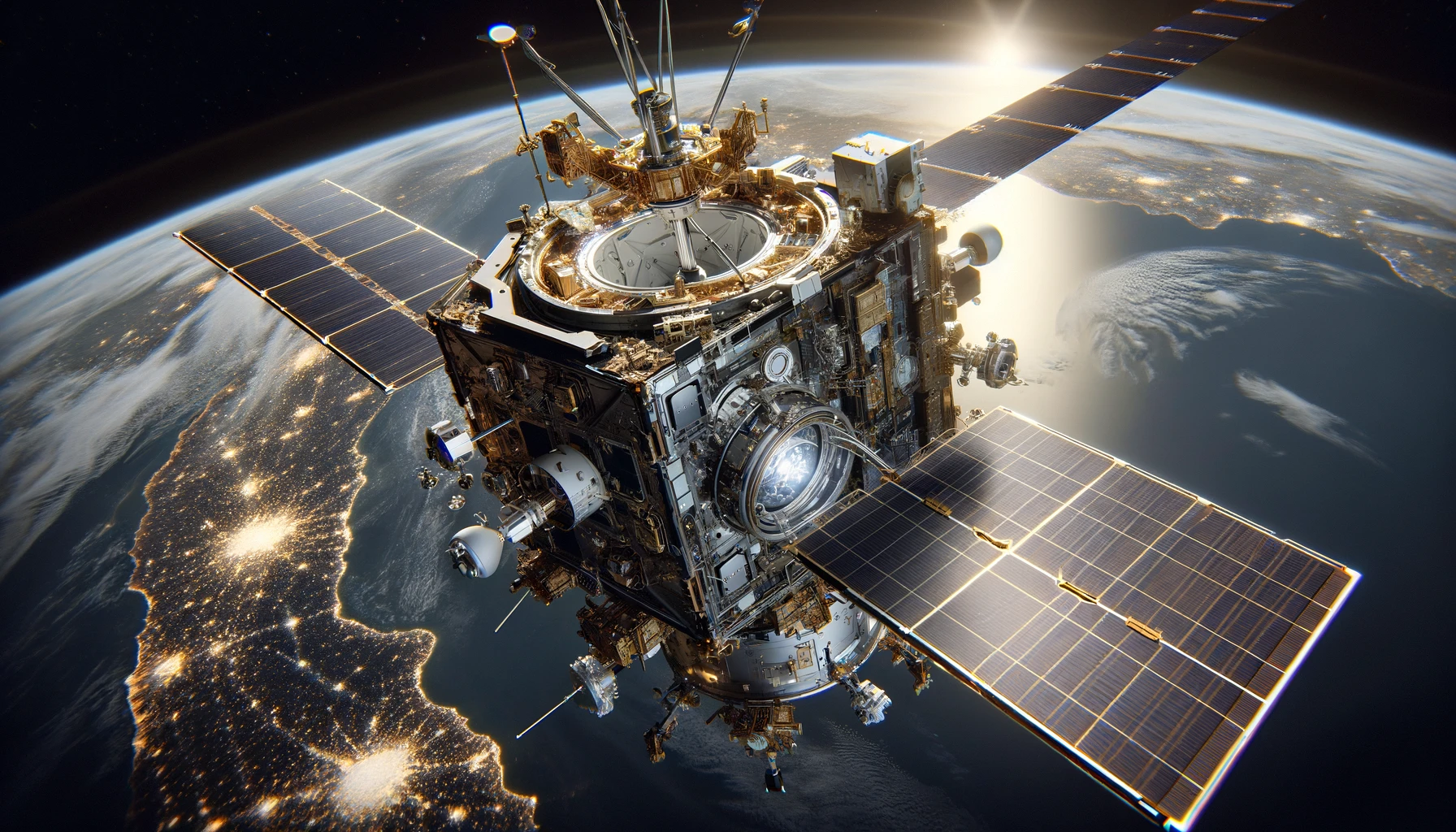NASA has initiated a competitive bid involving three distinguished aerospace companies to design and develop the next-generation Lunar Terrain Vehicle (LTV) for the upcoming Artemis V mission. This prestigious opportunity has drawn proposals from Intuitive Machines, Lunar Outpost, and Astrolab, each presenting unique concepts aimed at enhancing lunar exploration capabilities. The selected company will conduct a demonstration mission to prove their vehicle’s design and safety before potential deployment with astronauts on the lunar surface. This competition underscores the ongoing commitment to advancing human presence and scientific study on the Moon.
Unique Designs Propelled by Diverse Collaborations
Each competing company brings its expertise and vision for the future of lunar exploration. Intuitive Machines, in collaboration with industry giants like Boeing and Northrop Grumman, has unveiled the Moon RACER, a concept prioritizing reusability and robustness. Similarly, Lunar Outpost, supported by Lockheed Martin and General Motors, offers the Lunar Dawn LTV, focusing on innovative mobility solutions. Astrolab’s FLEX rover, designed with input from Axiom Space, features adaptable logistics capabilities, aiming to support a variety of mission types.
Contextual Insights from Recent Reports
Further insights into the evolution of lunar exploration vehicles can be gleaned from recent analyses. An article from SpaceNews titled “Moon Rover Developments Accelerate as NASA Sets Ambitious Goals” highlights the technological advancements and strategic partnerships shaping this sector. Another relevant report from Aerospace America, “The Race to the Moon Intensifies Among Global Powers,” discusses the geopolitical implications and the increased interest in lunar resources. These articles provide a broader understanding of the strategic importance and the innovational landscape of lunar exploration initiatives.
Points to Consider
- The winning design must ensure astronaut safety and operational efficiency.
- Autonomous capabilities of LTVs could revolutionize lunar science missions.
- Successful deployment may lead to extended contracts and additional rover orders through 2039.
The competition among the three companies not only highlights the growing interest in lunar missions but also showcases the diversity of approaches to designing vehicles that could potentially navigate the harsh lunar terrain. The emphasis on safety, innovation, and partnership evident in each proposal underscores NASA’s strategic approach to sustainable exploration. With an eye on future missions, the agency is paving the way for advanced scientific studies and potentially longer-term lunar habitation. The successful development and deployment of the next LTV will mark a significant milestone in human lunar exploration, providing valuable insights and capabilities for future endeavors on the Moon and beyond.










